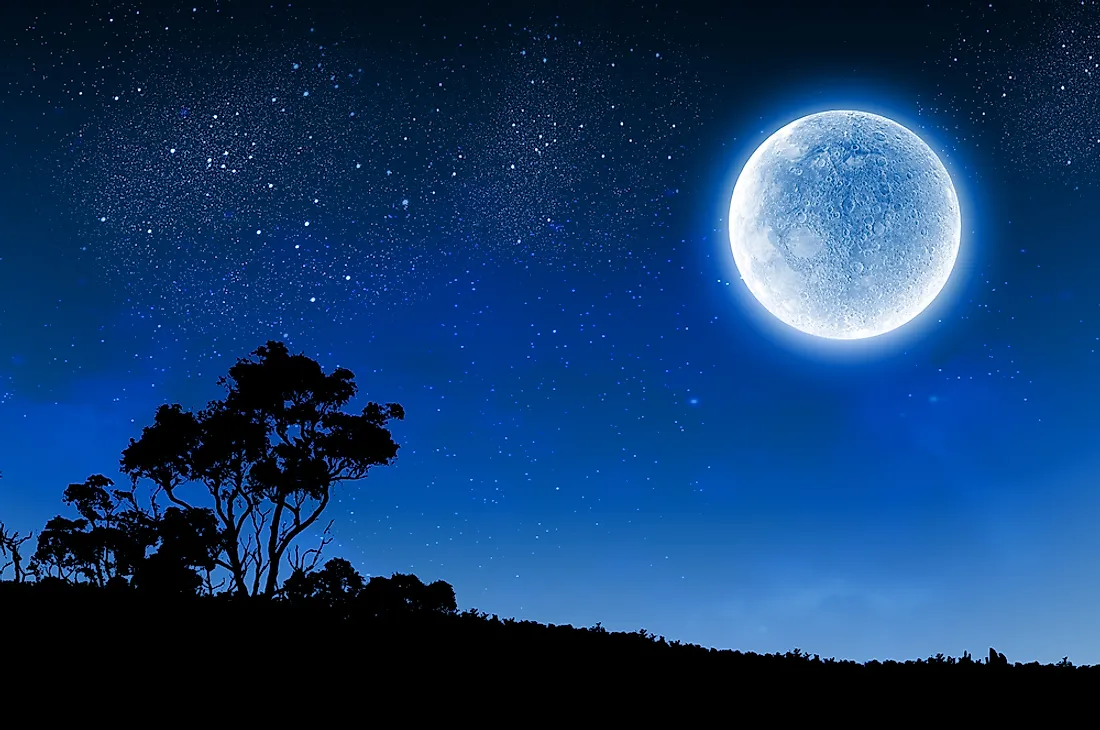What is a Blue Moon?

A blue moon is a rare astronomical occurrence that happens when there is one extra full moon during a season. When a blue moon occurs, there are four full moons in a season instead of three. Usually, one month has one full moon, but occasionally, another one occurs because the calendar months and lunar months are not an exact match. One full moon is defined as the time it takes for the moon to orbit around the earth which is 29.5 days. The calendar months have 30 or 31 days. The term 'blue moon' has nothing to do with the color of the moon becoming blue, although there are accessions when the color of the moon appears bluish. Since the blue moon is a rare occurrence, the term blue moon is used colloquially to refer to a rare event, as in "once in a blue moon".
Occurrence
Normally, there are 12 moons within a year. As the average lunar cycle is 29.5 days, there are 11 extra days each year resulting in the occurrence of a blue moon once in every 2.7 years. Therefore, in a Metonic cycle of 19 years, a blue moon will occur seven times. Sometimes, two blue moons can occur within the same year which happened in 1999. Most of the double monthly blue moons in a single year occur during March and January. The short length of February is linked to this occurrence. In such years, February does not have a full moon. The next double blue moons within a year will be seen in January and March 2018 and 2037. There is also the possibility of the occurrence of a monthly and seasonal blue moon within the same calendar year. Two blue moons (one seasonal, one monthly) are set to happen in 2048.
Recent and Future Blue Moons
Seasonal blue moons (the third full moon) have occurred on November 21st, 2010, August 20, 2013, and May 21, 2016. Future blue moons are projected to occur on May 18, 2019, and August 22, 2021. Monthly blue moons in the past have happened in 2010 (January 1st and 30th and March 1st and 30th), in 2012 (August 2nd and 31st and September 1st and 30th), and in 2015 (July 2nd and 31st.)
Literal Blue Moons
While the astronomical blue moon is a colloquial term for the rare occurrence of an extra full moon in a season, it is sometimes possible to see a blue colored moon. The first blue moon was observed in 1883 after the eruption of Krakatoa. Volcanic eruptions and forest fires sometimes produce particles that are large enough to scatter red light which can make the moon appear bluish. The Canadian forest fires in 1950 led to blue moons that could be as seen in Europe. Smoke, dust, and ash particles in the atmosphere can affect the color of the moon for a long period, sometimes even two years. Unlike astronomical blue moons, it is not possible to detect the occurrence of a literal blue moon.











